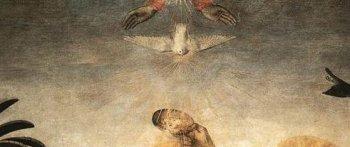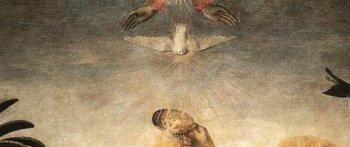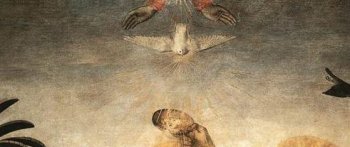[xtypo_dropcap]F[/xtypo_dropcap]or the privileged in the Renaissance, studies in Greek and Latin were common. The stoic Greek and Roman philosophers, mathematicians, and artists laid the foundations in their respective fields, which became course material for over 1,000 years.
Leonardo da Vinci was born in 1452 in a lower class of society; he never studied the classic scholars. Young Leonardo would instead poke in the rivers, play in the wind, getting into all sorts of well-intentioned mischief. He would watch birds in flight and dream seemingly impossible dreams. Leonardo’s education was given to him by nature—he had the keen knack of listening to it as few others could. As a boy, Leonardo da Vinci was unhindered by notions, allowing him to be free to contemplate the world with endless possibilities.
Leonardo da Vinci was born in 1452 in a lower class of society; he never studied the classic scholars. Young Leonardo would instead poke in the rivers, play in the wind, getting into all sorts of well-intentioned mischief. He would watch birds in flight and dream seemingly impossible dreams. Leonardo’s education was given to him by nature—he had the keen knack of listening to it as few others could. As a boy, Leonardo da Vinci was unhindered by notions, allowing him to be free to contemplate the world with endless possibilities.







